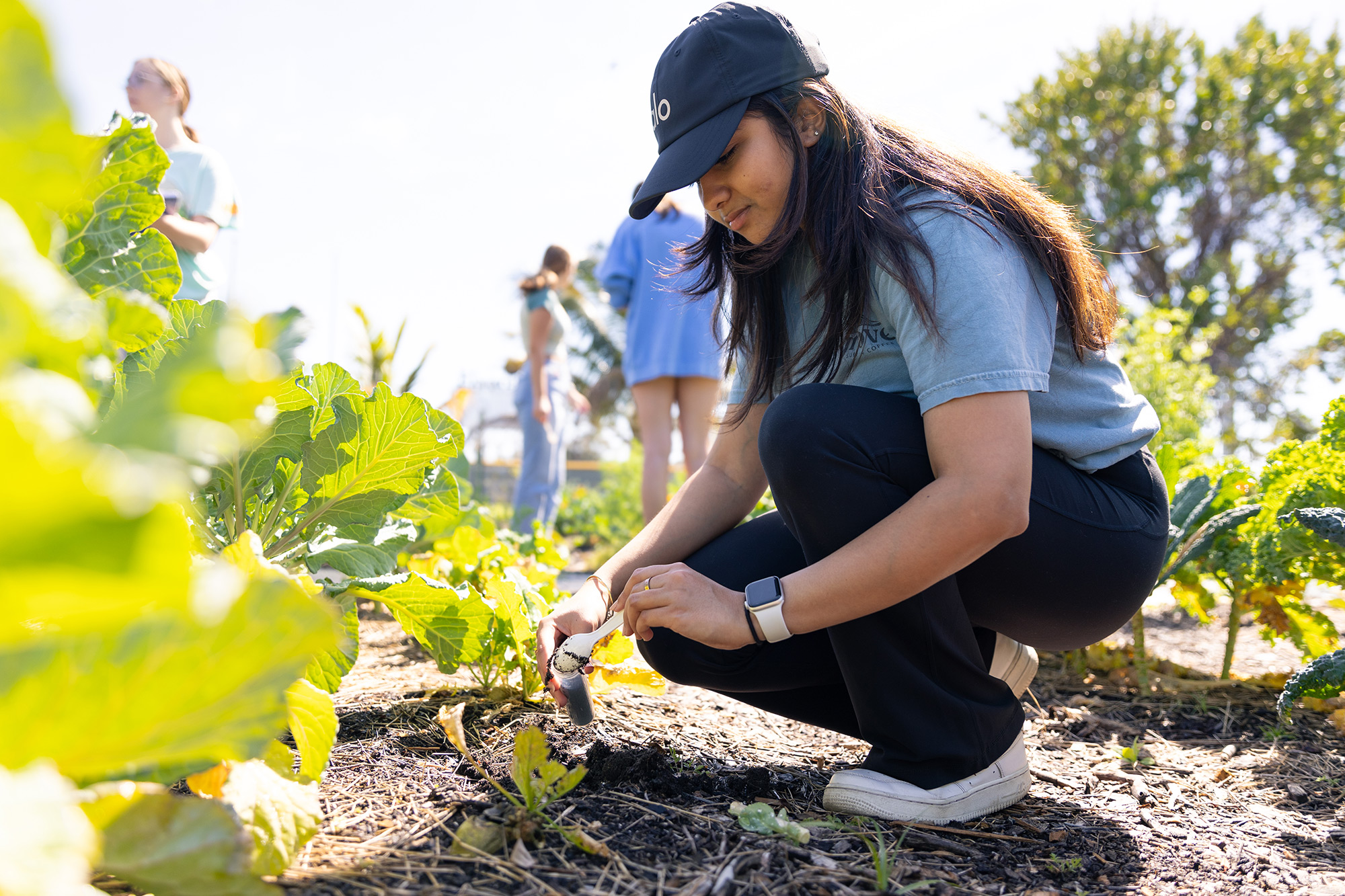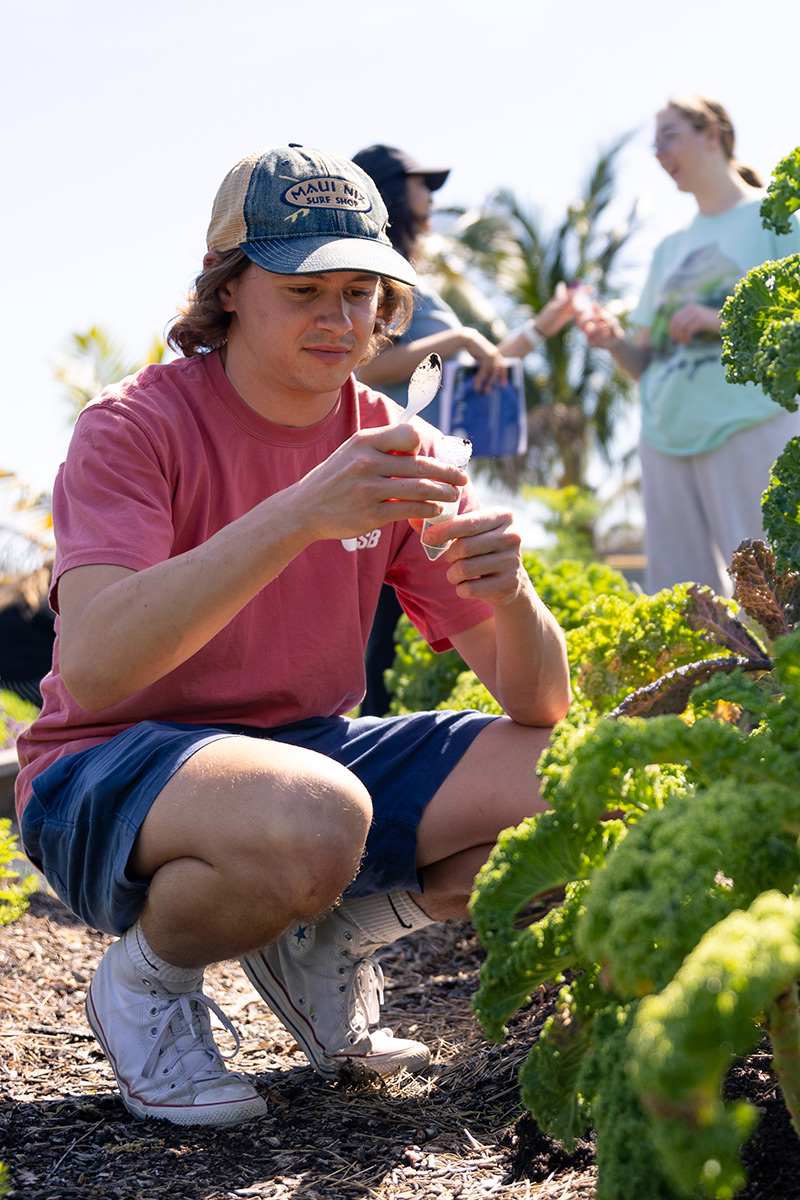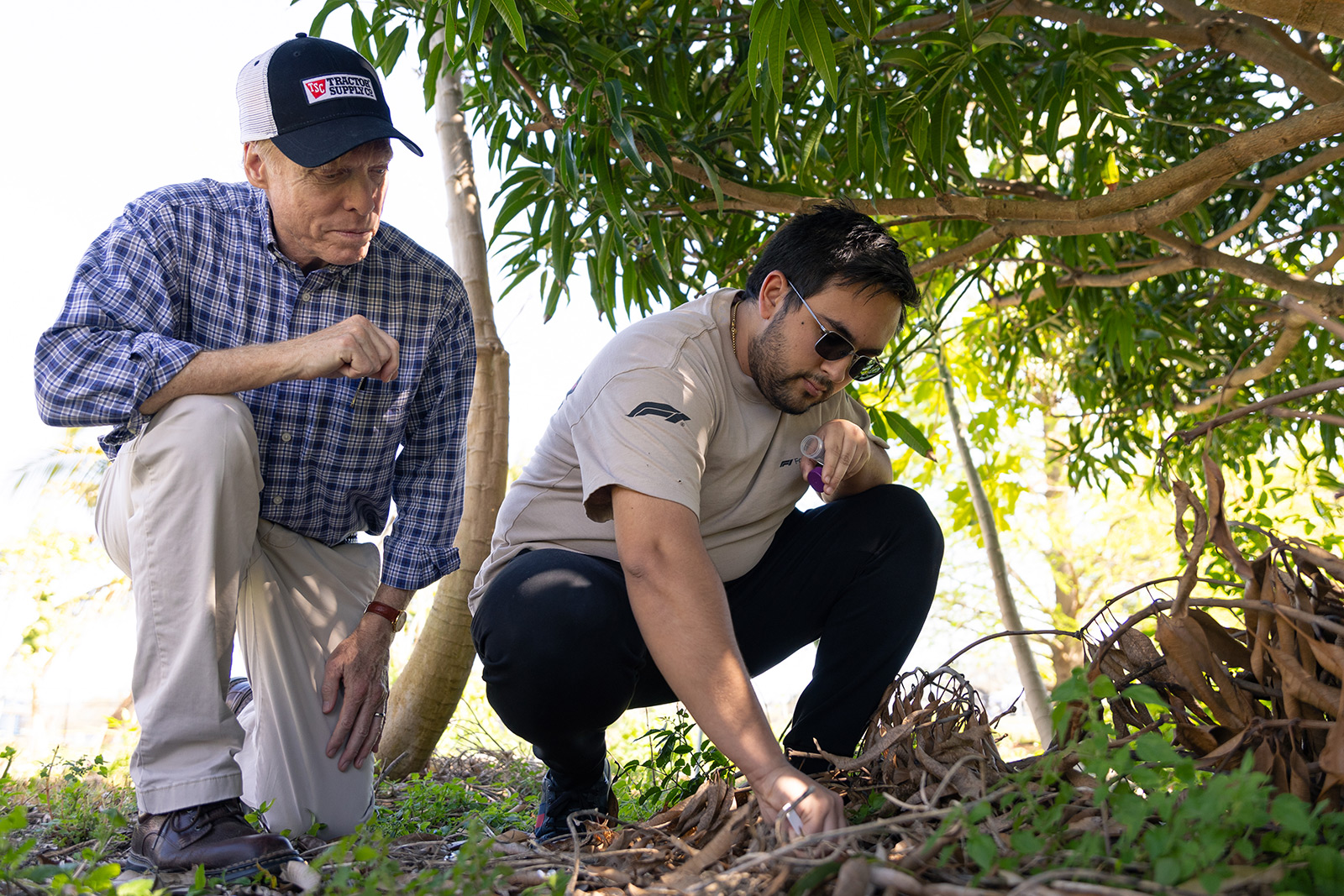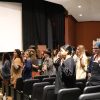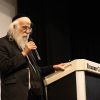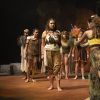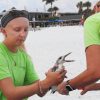Penicillin is one of the most well-known and well-used medications today.
Despite how revolutionary the drug is, Scottish physician and microbiologist Alexander Fleming discovered it by accident. According to scientific lore, in 1928, Fleming returned from a holiday to find mold growing in his petri dish of bacteria. He saw that the bacteria wouldn’t grow around the mold due to the mold’s self-defensive chemicals that could kill bacteria. A few experiments later, that mold became the penicillin we know and use today.
“We are essentially doing what Dr. Fleming did,” explains Eckerd College Biology Professor Steven Denison, Ph.D., who is teaching microbiology this semester. “But it’s not an accident. We are taking soil and searching for antibodies that could be lifesaving.”
Most of the antibiotics we use are produced by microorganisms living in our own backyards, he says. What started as one accident in a petri dish has created multiple predominant drugs. But the world of microbiology is forever changing.
“Bacteria are becoming resistant to antibiotics. It doesn’t bother the harmful bacteria; it just keeps growing,” Denison says. “There’s a shortage of antibiotics now, and pharmaceutical companies aren’t working very hard to develop new antibiotics.”
To help address this problem, a group in Wisconsin started an organization called Tiny Earth®, which partners with colleges with classes like Denison’s, allowing students to screen bacteria from soil to hopefully find a new bacteria-fighting molecule.
Tiny Earth works with colleges and universities globally, allowing undergraduate students to publish work while addressing a pressing global health challenge—our diminishing supply of effective antibiotics.
Faculty visit Tiny Earth at the University of Wisconsin–Madison every two years and are trained in the protocol. Denison joined the team in 2023 and is beginning his search at the Eckerd College Community Farm.
On Feb. 27, Denison’s students, now considered Tiny Earthlings, went out to the farm to collect samples. “I thought the garden would be a good place to test soil samples because of how unique it is,” Denison says. “There are several different environments in such a small space. There will be a lot of different microorganisms that do different things.”
“I was excited to be outside and learn about the different types of soil and why they have different properties,” says Aarushi Gandhi, a senior biology student from Bangalore, India. “Actinomycetes were one type of bacteria we read about that may have antibiotic properties. We purposefully chose to dig in a nutrient-rich area, the vegetable patch, to hopefully isolate some of their colonies.”
The students will take the soil samples and mix them with water, making dilutions. They will then spread the dilutions onto bacterial growth plates. After a few days, the bacteria and microorganisms will grow. Some of those bacteria could produce an antibiotic molecule useful for treating infections.
“It is surmised that only 0.3% of soil bacteria can be successfully cultured,” says Christian Anthopoulos, a senior biology student from Malvern, Pennsylvania. “And that upwards of a trillion microbes may exist in Earth’s soil. This huge sink of untapped potential is the next frontier for microbiologists, and participating in a global experiment to identify potential antibiotics is a one-of-a-kind experience.”
The bacteria will then be transferred to another plate in a more organized manner. A safe-relative pathogen is then spread over the bacteria. If the pathogen can’t grow near one of the bacteria growths, it means an antibody is being produced. This antibody will be purified and sent to Tiny Earth headquarters for further identification.
“If it’s something new,” Denison says, “it can be sent through the path of chemists and can ultimately be used as a drug for treatment.”





